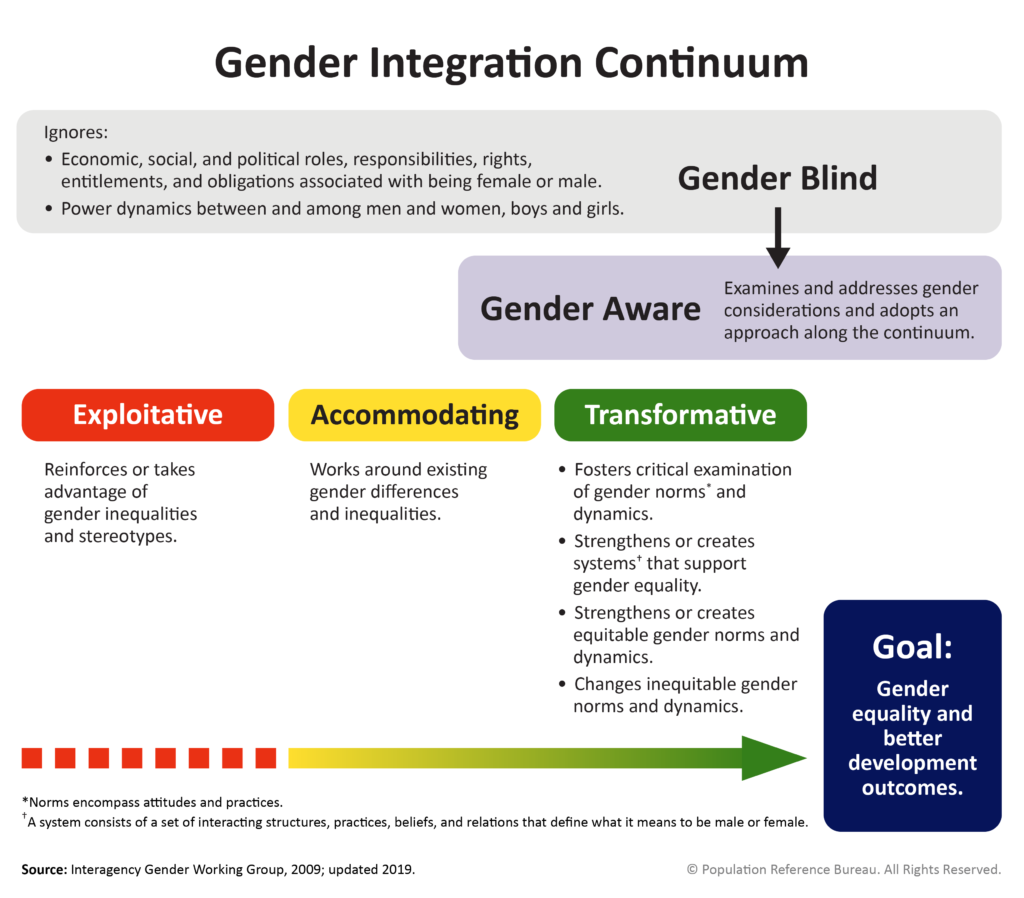A Cross-Sectional Analysis of Young Men’s Gambling and Intimate Partner Violence Perpetration in Mwanza, Tanzania
The prevalence of intimate partner violence (IPV) in Tanzania is one of the highest in sub-Saharan Africa. This study analyzed the co-occurrence of gambling and IPV and found that more research is needed to understand how current IPV prevention efforts can be expanded to include problem gambling treatment.


